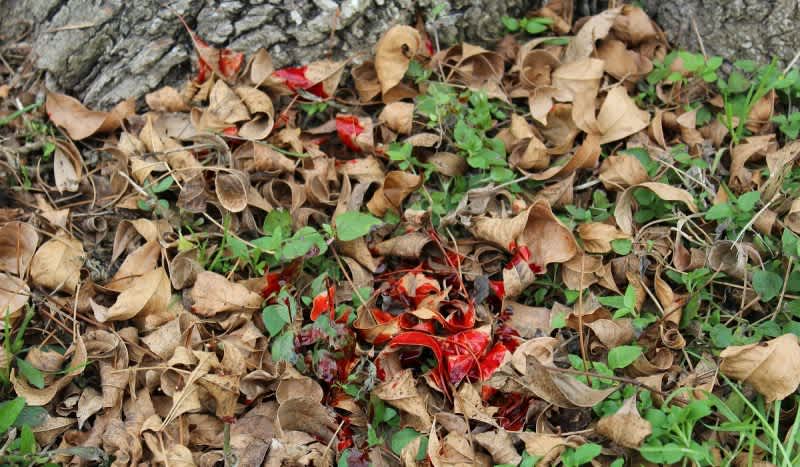While it may seem like putting a good shot on an animal means the hunt was a success, this is usually just the beginning. Locating and dressing an animal is an arduous task in its own right, and requires not only skill, but speed. As soon as the blood stops circulating, the clock starts ticking.
A lot of times, though, there are factors that make it difficult to quickly track down a deer after it’s been shot. Perhaps night fall is shortly after you begin trying to find the animal and you are now left in the dark with no obvious trail. Other times, the animal may be fatally shot but doesn’t expire right away, so it wanders off before you get a chance to follow it.
Whatever the case, having a kill slip through your fingers is frustrating and disheartening, especially since you only have so much time before the kill goes bad. Before dangerously trying to track a kill in the dark, or following a wounded animal, it’s important to know just how much time you have before the kill actually goes bad.
What’s The Weather Like?
One of, if not the most important factor in determining how long you have to recover your harvest will be the climate. Depending on the temperature at the time the animal was shot, you could have a few days to locate the kill, or maybe just a few hours.
Hotter weather will cause the meat to spoil faster, so if you’re operating in weather that is 80 degrees or more, then you will need to act even more urgently. Cooler weather will slow down the rotting process, so if you are in cooler weather, you can go about the process a little more carefully. Humidity and moisture can also speed up the rotting process.
If the temperature is warmer, and the area is not too humid or rainy, then you might have as long as 12 hours; anything past that and you’re pushing your luck significantly. If the temperature is cooler, then 24 hours is around the maximum amount of time you want to wait before the meat starts to spoil. In both cases, separate the meat from the guts as quickly as possible, and leave behind any meat that was touching the guts; guts rot faster than the meat, and will taint any meat they touch.
Avoiding Waste
An important aspect of hunting is avoiding the waste of the animal. Not only is it a loss for you, but it results in an animals life being wasted. While you definitely don’t want to eat tainted meat, there are measures you can take to prevent wasting the animal’s body.
If you find the animal within a reasonable time frame, but won’t be able to get it on ice for a while, leaving the skin on while dressing it will keep the meat from being exposed to bacteria, dirt, and insects. The guts will spoil much faster than the rest of the meat, so separating the meat from the guts quickly and removing any meat that has come into contact with rotten guts will help save some of the meat.
All that said, the most important thing to keep in mind is it’s always better to be safe than sorry. No kill is worth endangering your health over. The best way to prevent a wasted kill is to avoid taking risky shots.









































![Air gun 101: The differences between .177 & .22 – Which jobs they do best ? [Infographic]](https://airgunmaniac.com/wp-content/uploads/2020/09/g44-150x150.jpg)


